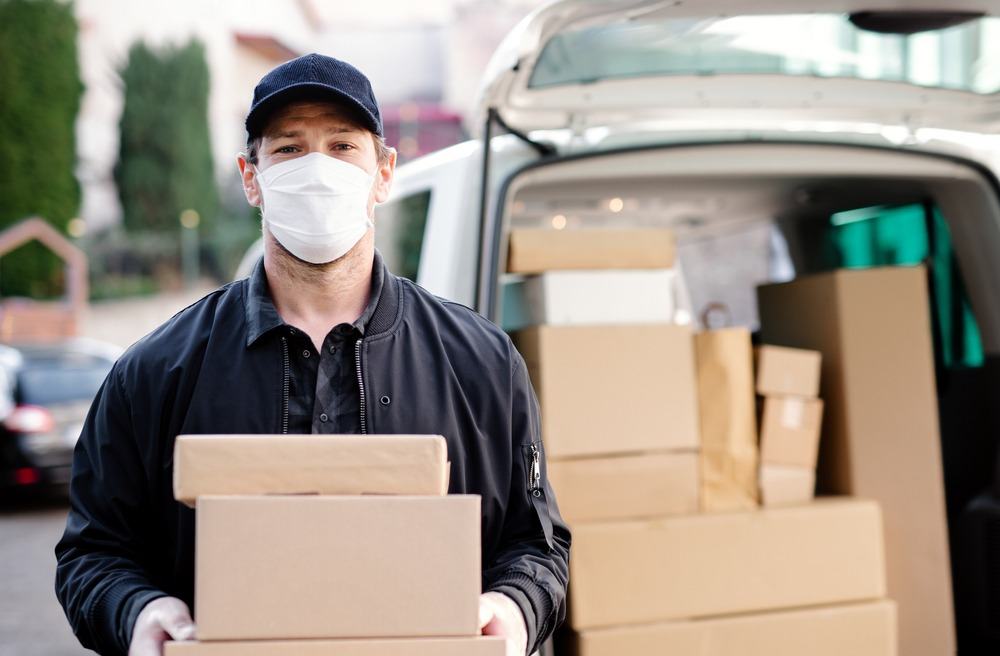Californians’ passing of Proposition 22 to keep the status of crowdsourced drivers as independent contractors sent a powerful message about the future of the gig economy. The proposition was put forward by Uber and its associates, but it was consumers who voted to ensure the survival of companies like Uber, Doordash, Postmates and other crowdsourced fleets. People today value flexibility in everything – in how they work, where they shop, when and how they get things delivered.
But despite the vote of support from consumers, and the subsequent projected adoption across industries, crowdsourced delivery may not be the right last mile solution for every retailer or brand.
Create a stop-gap measure until you can fully build out your delivery network or internal delivery solution.
Create a stop-gap measure until you can fully build out your delivery network or internal delivery solution.
Crowdsourced delivery is a system of employing contractors to carry out deliveries using their own vehicles, going from warehouses, stores or fulfillment centers to the customer. The model began with ride-sharing and branched out into food delivery, but it’s now being adopted across multiple verticals to address issues of speed, cost, convenience and efficiency.
Why businesses are turning to crowdsourced delivery services
Many shippers are trying to solve their last mile delivery challenges by using third party providers for at least some of their deliveries. In certain situations it can prove to be the fastest, most scalable solution because it provides an on-demand, scalable pool of delivery drivers. This is particularly helpful for same day delivery, when you need online orders delivered at a moment’s notice.
Simple and Fast – Delivery logistics are notoriously complex, and outsourcing the process to another company – especially outsourcing the work of dispatching to and managing drivers – helps companies quickly offer customers the convenient online order fulfillment that they’re looking for.
Many businesses, particularly restaurants and grocery chains, turn to dedicated crowdsourced delivery providers to provide the services they lack – for example, same day delivery options – while they gradually transition to their own, in-house delivery service. Alternatively, an internal or other contracted fleet handles the regular delivery volume, with a crowdsourced delivery fleet can be brought in to handle capacity overflow (for example, during busy lunch runs in restaurants, or during peak retail season.)
The financials – Unlike traditional delivery, where a business shoulders the cost of their own fleet, crowdsourced drivers are expected to provide their own vehicles.
Because crowdsourced drivers are typically contractors, businesses also save on social benefits, which are quite significant in many regions. You will typically pay each driver per delivery and rarely pay for downtime between deliveries, or for the first leg of the journey (the time or miles they cover picking up a delivery order). This can substantially lower your cost to deliver.
Crowdsourced Grocery Delivery
Until recently, many grocers relied on a single crowdsourced solution for their delivery. In the U.S., this is most often Instacart. But the industry has been disrupted by three major changes:
- The overnight adoption of online ordering thanks to Covid 19
- The realization that Instacart has a monopoly on the customer experience
- Strong competition in the form of a one-hour delivery service and curbside pickup from grocery giants like Amazon’s Whole Foods and Walmart.
Grocers understand they need to do more than just deliver via a single crowdsourced company. They need to diversify their fulfillment services and their delivery partnerships in order to cost-effectively meet capacity, as well as the high bar customers have set for grocery fulfillment.



